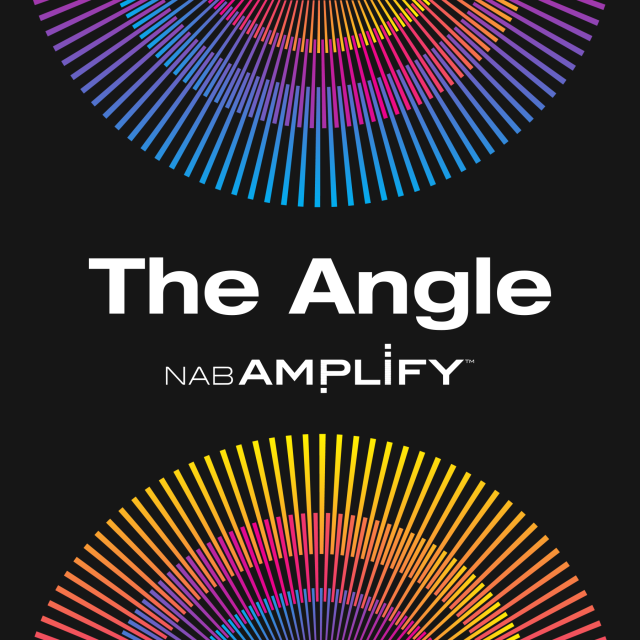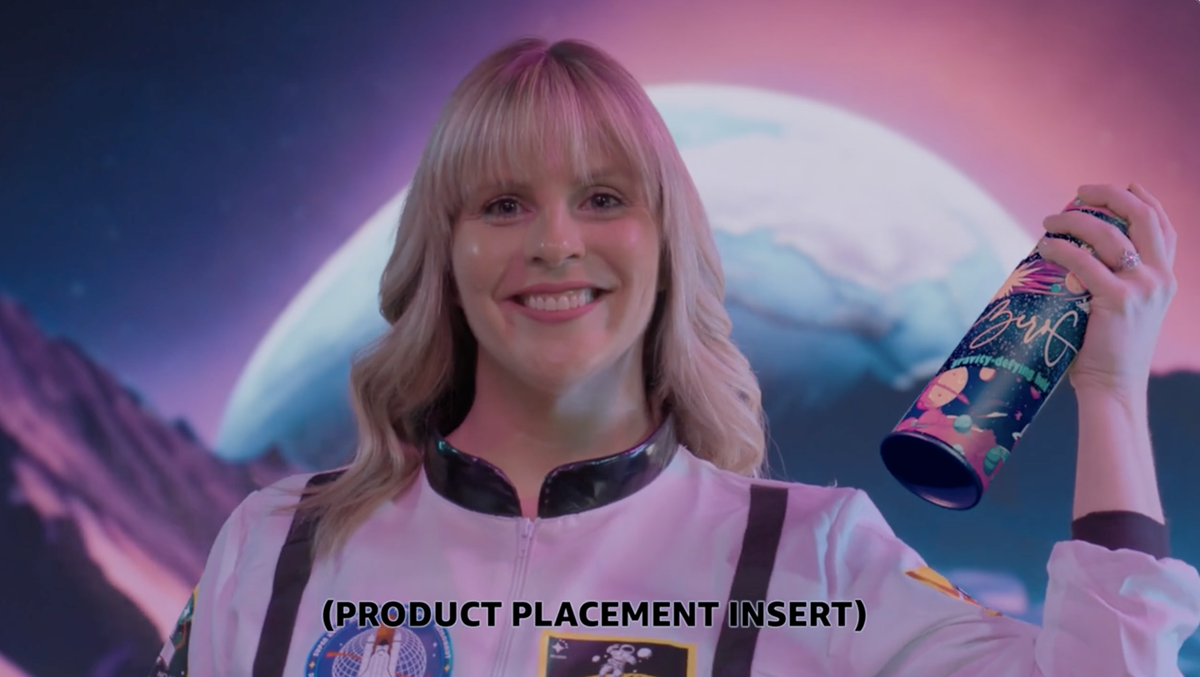
TL;DR
- A high-concept sci-fi movie trailer made using modern cloud computing showcases a raft of new filmmaking technologies from virtual production and cloud rendering to generative AI.
- Ron Ames, producer of Amazon series “The Lord of the Rings: The Rings of Power,” and Katrina King, global strategy leader for content production at AWS, discussed the making of ‘Cowgirls on the Moon” at the 2024 NAB Show.
- The principal generative AI tool was Cuebric, which was used to generate assets and import them into Unreal Engine, and to automate certain technical aspects of the production.
- Many producers remain concerned about putting their project in the cloud, which case studies like this aim to challenge and reassure.
It began as a joke, but putting cowgirls on the moon is a serious attempt to showcase what is possible by using a raft of new filmmaking technologies from virtual production and cloud rendering to generative AI.
Unveiled and demonstrated at NAB Show, the faux movie trailer for Cowgirls on the Moon is a goofy but high-concept challenge led by AWS that conforms to elements of MovieLabs 2030 Vision.
“It started off as a joke,” Katrina King, global strategy leader for content production at AWS, explained. “Let’s do something ridiculously out there that’s really going to force us to lead into modern cloud computing and generative AI. And I said something like ‘cowgirls on the moon.’ It was a joke, but nobody came up with a better idea so that’s what we went with.”
The aim was to demonstrate the power of three technologies working in tandem: generative AI-assisted virtual production, cloud rendering and VFX with the use of AWS Deadline, and holistic production in the cloud.
“At AWS, we believe very strongly in the responsible use of generative AI,” King continued. “So we used applications that allow artists to work more efficiently and to offload the mundane technical aspects.”
For instance, they used text-to-video generator Runway for concept art and storyboards, another AI tool for facial recognition, and an enhanced speech tool included within Adobe Premiere. The latter tool completely rebuilt the dialogue track as if it had been recorded in an ADR session. “The amount of time that saved us up having not to go into an ADR session was incredible,” King said.
The principal generative AI tool was Cuebric, which was used to generate assets and import them into Unreal Engine and to automate certain technical aspects of the production. All of the backgrounds in the virtual production and animated in Unreal Engine were generated using Cuebric.
“Once Cuebric exports it we have these different layers which are then presented in Unreal, so that as we move the camera and the camera tracks on the volume we get parallax,” King explained.
Visual effects facility DNEG delivered 36 VFX shots for the production in just eight days. The whole project was essentially run as a full studio and render farm in the cloud.
Project producer Ron Ames talked up the benefits of the virtual production, such as being able to swap out entire infrastructure and multi-location collaboration.
“We first said, ‘We want these machines to be Linux.’ But then we changed our minds. ‘Now we want them to be Windows.’ Literally in minutes we had new machines up and running,” he said. “The ability to work quickly to collaborate, to tear down walls. We had groups working in Vancouver, in London, LA, Boston, Idaho, Switzerland, Turkey, Tucson, Netherlands [on the project all linked to assets by cloud].”
Ames previously used extensive AWS workflows as producer of Amazon series The Lord of the Rings: The Rings of Power. He thinks other producers remain unconvinced about choosing to put their next project into the cloud.
“Petrified would be the word, not reluctant. The notion that we’ve done it before this way, or we have investments in a certain infrastructure, is one of the impediments to moving forward,” Ames said.
“On Rings of Power, the great good fortune we had was a team of producers and at AWS supporting us to try new stuff and if it doesn’t work, we’re not going to give up, we’re going to make it work and make it work in a way that actually has benefits. Once we saw the efficiencies, the creative possibilities, and truly the collaborative power of breaking down silos, walls, traditional ways we’ve been working, we realized that this had a great value.”

Why subscribe to The Angle?
Exclusive Insights: Get editorial roundups of the cutting-edge content that matters most.
Behind-the-Scenes Access: Peek behind the curtain with in-depth Q&As featuring industry experts and thought leaders.
Unparalleled Access: NAB Amplify is your digital hub for technology, trends, and insights unavailable anywhere else.
Join a community of professionals who are as passionate about the future of film, television, and digital storytelling as you are. Subscribe to The Angle today!











